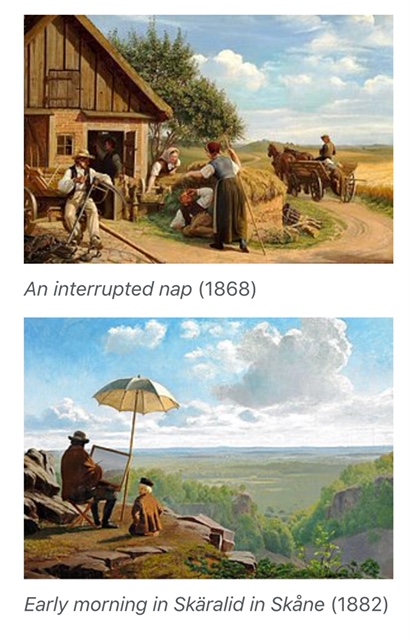peterm1
Veteran
A lot of painters were influenced by photography. Some were appalled that they would lose all their customers and others saw it as a way of seeing.
Here's a famous one from a long time ago that shocked a lot of people, it's by Degas and was painted in 1873:-
https://www.edgar-degas.net/the-cotton-exchange-new-orleans.jsp
Regards, David
David you are right about the above painting having a distinctly photographic quality about it. Also, as it happens I was watching an episode of "Fake or Fortune" yesterday: https://www.youtube.com/watch?v=M6astDk_qv8 which was about a picture that might - or might not, be by Degas. (It was adjudged to be by him, incidentally!).
In the course of the video they mention that he was a fan and adopter of photography - something I had not appreciated until you and they mentioned it. And if my memory is correct I have a vague idea they might have said he bought a camera in the 1890s. Never the less his eye was such that he already composed images as if they were made by photograph.




